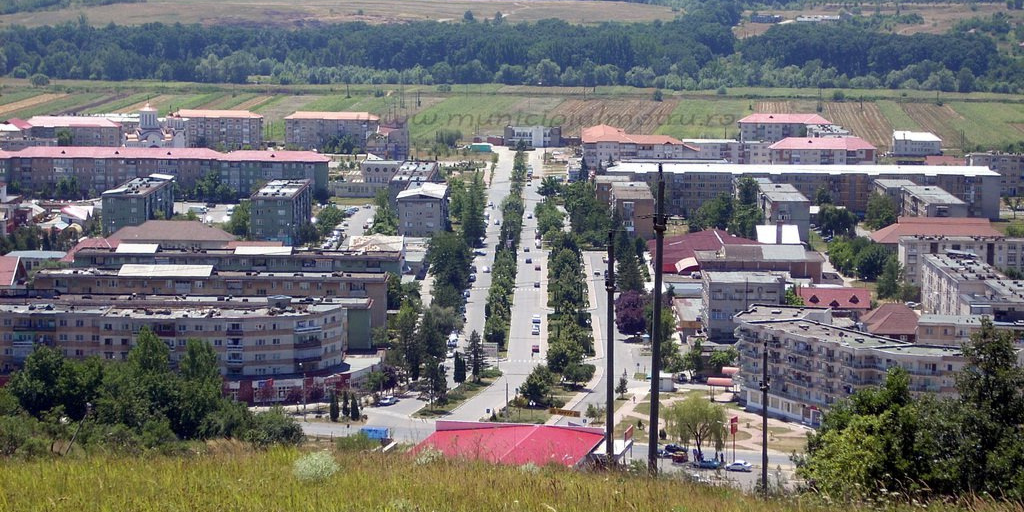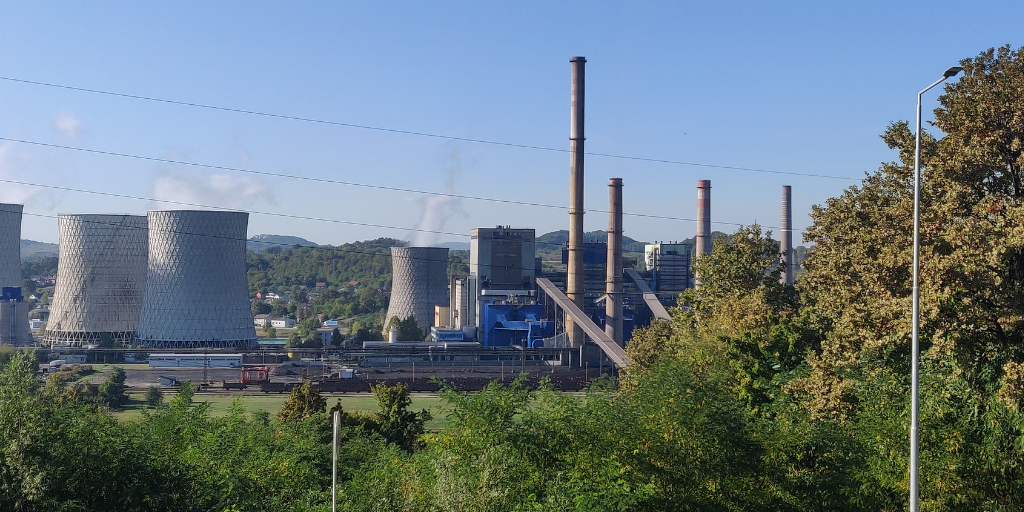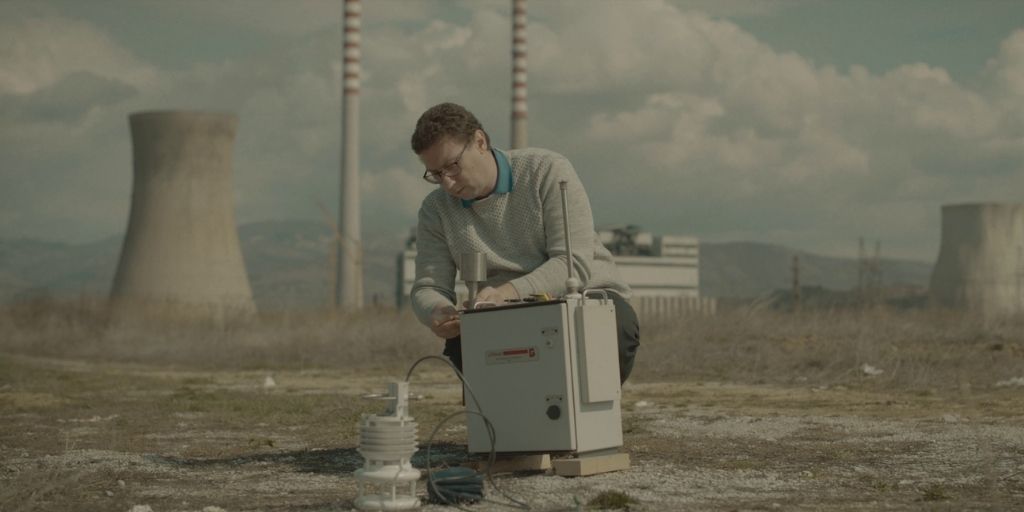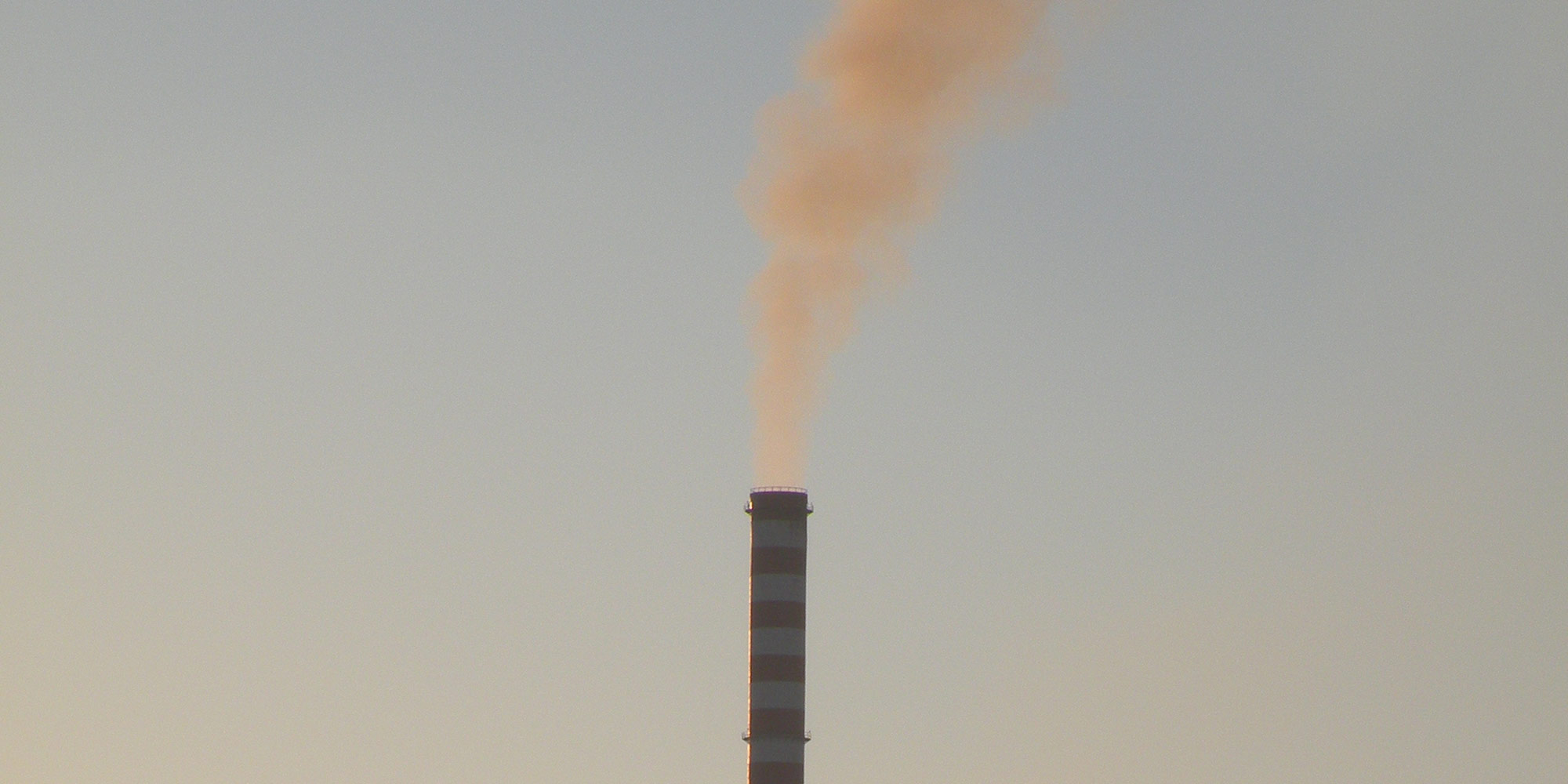North Macedonia relies predominantly on fossil fuels (low-grade lignite and gas) and hydropower, and has for many years been dependent on the electricity import. In 2023, imports finally decreased to a negligible level following a rapid increase in solar capacity.
The electric power generation capacity in North Macedonia in 2023 mainly consisted of two coal thermal power plants with a total of 824 MW installed capacity, ten large hydropower plants with 587 MW installed capacity, 124 small hydropower plants with 133 MW installed capacity and three gas combined heat and power (CHP) plants with 287 MW installed capacity. In recent years, the long-dormant Negotino heavy fuel oil plant has also been fired up in response to the energy crisis that hit the country but made only a small contribution to overall production.
In December 2019 the then government adopted the Energy Development Strategy 2020-2040 which elaborated three different scenarios: reference (business as usual), moderate transition and green (strong decarbonisation) scenarios. The moderate transition and green scenarios both foresaw a coal phase-out in 2025 which made it the first country in the Western Balkans to layout concrete options for a pre-2030 coal phase-out.
The smaller thermal power plant REK Oslomej had been operating occasionally during winter months. However, because of the energy crisis in recent years, the plant has been operating with imported coal for far longer periods than planned. According to the Energy Strategy it is phased out in all three scenarios. It is being replaced by a 120 MW of solar photovoltaics on top of the now depleted lignite mine.
North Macedonia adopted its first National Energy and Climate Plan (NECP) in June 2022. It follows the more progressive scenarios from the Energy Strategy in its coal phase-out timeline, with Oslomej being decommissioned in 2021 and Bitola in 2027. However, in the introduction it also says that the timeline may slip to 2029.
These ambitious phase-out dates are mainly due to a lack of economically viable coal supply. There are two operational open cast lignite mines – Suvudol and Brod-Gneotino. According to North Macedonia’s 2023 Just Transition Roadmap, Suvodol has enough coal for two years and Brod-Gneotino for ten years the way they currently operate.
However, reality is not following the NECP. According to the state owned electricity company ESM’s 5-year investment plan 2018-2022, the commissioning of a new Zivojno mine could extend the coal supply to TPP Bitola for another ~10.6 years. This would obviously prevent North Macedonia from achieving a timely coal phase-out.
In addition, the NECP foresees the construction of the controversial Cebren pumped storage plant or a 250 MW fossil gas power plant at the site of the existing Bitola coal plant. However, ESM is planning both of these — although as of December 2024, the Cebren plant is not progressing. In addition, plans for additional gas plants at Negotino and Skopje have also been announced, which do not appear in the Energy Strategy or NECP.
Fossil gas is imported through a single entry point at the Bulgarian border. Gas is mainly consumed by industrial customers and the three CHP plants, while households have an almost negligible share of total consumption due to the very limited spread of distribution networks and the relatively high cost of gas.
In recent years, an additional gas pipeline to bring gas from Greece to North Macedonia has been heavily promoted by the North Macedonian government, and in December 2021 the European Investment Bank and Western Balkans Investment Framework approved financing for the project. In April 2024 the European Bank for Reconstruction and Development approved a loan for the project. Despite the obvious weaknesses of increasing dependence on imported fossil fuels, as of December 2024, North Macedonia’s government has shown no signs of reconsidering the pipeline project.
Under its Energy Community Treaty commitments to increase the share of renewable energy in its mix, North Macedonia had a target of 28 per cent in gross final energy consumption in 2020. In November 2018, the Energy Community’s Ministerial Council approved a lowering of the target to 23 per cent, due to revised biomass statistics. The share of renewable energy in gross final energy consumption in 2020 stood at 19.2 per cent, still a long way from the target.
North Macedonia has a 36.8 MW wind farm at Bogdanci and has received EU and KfW financing to expand it. It was the first country in the Western Balkan region to put into operation a sizeable wind facility. Its second wind farm, the 36-MW Bogoslovec, was officially opened in mid-2024.
Solar PV capacity reached reached 506 MW by the end of 2023, and continued to grow rapidly during 2024. All estimates so far show that the country has significant additional capacity, even when biodiversity is taken into account.
| Source | Solar PV | Wind |
| IRENA, 2020
REmap, 2030 potential minus 2015 installed |
1104 MW
1624 GWh |
552 MW
1635 GWh |
| IRENA, 2017
Additional cost-competitive potential up to 2050 |
1463 MW
2214 GWh |
4883 MW
7569 GWh |
| SEERMAP
Decarbonisation scenario 2050 minus 2016 |
1297 MW
1696 GWh |
1118 MW
2134 GWh |
| North Macedonia Energy Strategy
Green Scenario to 2040 |
1357 MW | 713 MW |
| North Macedonia draft NECP
to 2030 |
750 MW | 686 MW (600 without incentives) |
More than 100 small hydropower plants have gone online since 2010, and, like other countries in the region, North Macedonia has plans for more large hydropower. The Energy Development Strategy recommends a total of 998 MW new hydro capacity to be added until 2040 in all scenarios, but includes several harmful and likely unviable plants.
North Macedonia has plenty of room for energy efficiency improvements. Electricity distribution losses amounted to 18.3 per cent in 2023, and practices such as heating with old-style electrical heaters have contributed to increasing energy costs for many households.
In December 2022, the Energy Community Ministerial Council adopted 2030 climate and energy targets. According to these, North Macedonia needs to achieve a 38 per cent share of renewables in gross final consumption of energy, and to reduce its greenhouse gas emissions by 82 per cent compared to 1990 levels – requiring a significant decrease from the levels of recent years. To boost energy efficiency and energy savings, it also needs to cap primary energy consumption at 2.3 Mtoe and final energy consumption at 2.0 Mtoe by 2030.
For a more in-depth look at barriers to a sustainable energy transition in North Macedonia and our proposals for how to overcome them, see our 2021 study with the Friedrich Ebert Stiftung: The Political Economy of Energy Transition in Southeast Europe – Barriers and Obstacles.
More on coal in the Balkans

Sustainable district heating gives hope to the Romanian city of Motru, in a coal mining region
A new study shows that the city’s district heating can come from fully renewable sources.
Read more

Bosnia and Herzegovina illegally extends lifetimes of deadly coal plants
Yesterday the Federation of Bosnia and Herzegovina’s Parliament voted to extend the lifetime of the antiquated Tuzla 4 and Kakanj 5 coal units, in clear breach of the Energy Community Treaty. The move condemns the public to yet more lethal air pollution.
Read more

The heroic dust monitor
This year we are marking five years since Bankwatch engaged in air pollution work in the Balkans. Throughout these years, there was one constant in the work – the environmental dust monitor. It has become the hero of many communities and is known to every organisation in the region that works for cleaner air.
Read more

